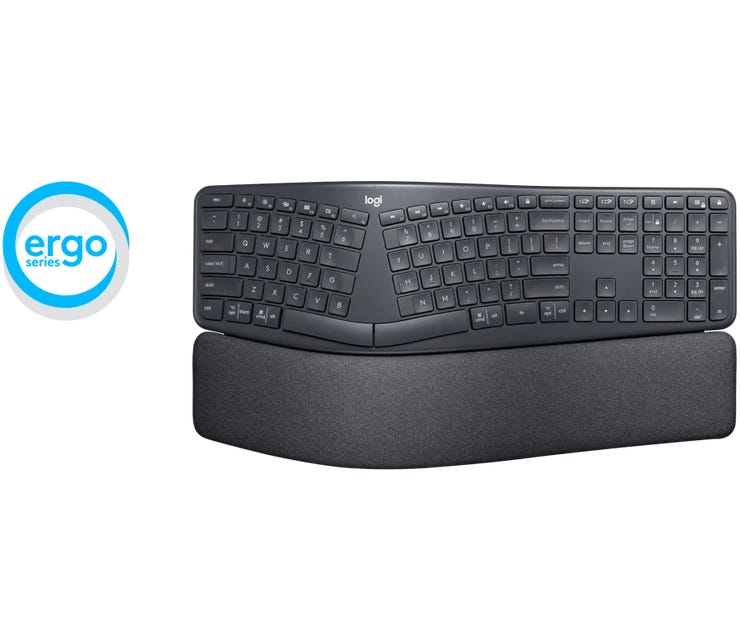'ZDNET Recommends': What exactly does it mean?
ZDNET's recommendations are based on many hours of testing, research, and comparison shopping. We gather data from the best available sources, including vendor and retailer listings as well as other relevant and independent reviews sites. And we pore over customer reviews to find out what matters to real people who already own and use the products and services we’re assessing.
When you click through from our site to a retailer and buy a product or service, we may earn affiliate commissions. This helps support our work, but does not affect what we cover or how, and it does not affect the price you pay. Neither ZDNET nor the author are compensated for these independent reviews. Indeed, we follow strict guidelines that ensure our editorial content is never influenced by advertisers.
ZDNET's editorial team writes on behalf of you, our reader. Our goal is to deliver the most accurate information and the most knowledgeable advice possible in order to help you make smarter buying decisions on tech gear and a wide array of products and services. Our editors thoroughly review and fact-check every article to ensure that our content meets the highest standards. If we have made an error or published misleading information, we will correct or clarify the article. If you see inaccuracies in our content, please report the mistake via this form.
Hands-on: Logitech Ergo K860 Natural Keyboard


Logitech Ergo K860 Keyboard.
Finally (hooray!), Logitech has a "="" ergonomic="" keyboard"=""> widely available again.
I have been waiting literally several years for this, and I have worn out several of the previous K350 model – there are at least three in my storage room, with the letters worn off the keys, and there may well be one or two others around here.
I've had a K860 for a week or so now, and my impression so far is very good. The basic design is very different from the K350 (or from any other keyboard I have seen), so it might be a bit shocking or even disturbing when you first see and touch it. But as usual, it appears that Logitech has done their homework, done a lot of research into design and functionality, and come up with an innovative new product.
SEE: Hiring Kit: Computer Hardware Engineer (TechRepublic Premium)
The basic layout of the keyboard is typical for the "natural" or "ergonomic" type – the keys are split in the middle into two banks, and the entire unit is curved both horizontally and vertically. The padded wrist rest is integrated in the keyboard unit, and can not be removed from it. The key layout is pretty standard, with sections for the basic keyboard, editing and cursor keys, and a numeric keypad. However there are a few special keys which I will explain below.
K860 Tilt Legs.
In addition to sitting flat on your desk, there are retractable legs integrated in the wrist rest – and not just one set, but two with different lengths, which will give two different angles to the keyboard (-4 and -7 degrees). My experience so far has been that leaving it flat is the most comfortable way to work when I am sitting at my desk, but the maximum -7 degree tilt is much better when I am working at a standing desk.
The wrist rest is padded, but not overly so – it doesn't feel like an overstuffed pillow or a gel bag (both of which I really dislike).
The keys are thinner and have less travel than the K350 had, and I think they have a more solid feel and better tactile feedback when typing very quickly. There are a number of keys that have a special design or function, including:
- The ESC key is huge. Really huge.
- The usual row of F1-F12 keys above the keyboard is followed by an Fn-lock key, which lets you switch the functionality between standard F1-F12 and dedicated function keys such as volume up/down/mute, brightness up/down, media play/reverse/stop and such.
- Connectivity keys, for pairing and selecting between different hosts.
- The "Windows" key is no more, it is labeled "Start", with no logo.
There is an on/off switch and a power LED at the front center of the keyboard – the switch is very small, and located just under the front edge, so you might not even notice it, and the power LED only stays on for about 5 seconds after switching on.
The K860 can be paired with up to three systems, via Bluetooth or the Logitech Unifying USB receiver. There are three "Easy-Switch" keys above the editing/cursor section of the keyboard, which you use to pair with and then select between hosts. Logitech provides software to configure and control all of this on Windows and Mac; if you are using the K860 on a Linux system, you will need to install the solaar package to control pairing and configuration.
Logitech K860 Keyboard and MX Ergo Trackball.
If you look at the Logitech web page, it seems like they are trying to push using the K860 along with the MX Vertical mouse (every picture that shows the keyboard on a desk has an MX Vertical next to it). There's even a question in the FAQ about whether a "desktop set" with the K860 and MX Vertical are available as a bundle (the answer given is "they are sold separately", but I have a feeling is should be "not yet"...). Personally, I am using it along with an MX Ergo trackball, both on the same Unifying receiver of course, and I think it is a perfect combination.
So there you have it, in a nutshell. After a week or so of use, I love it. If you are a "natural" keyboard user, I suspect that you will too.